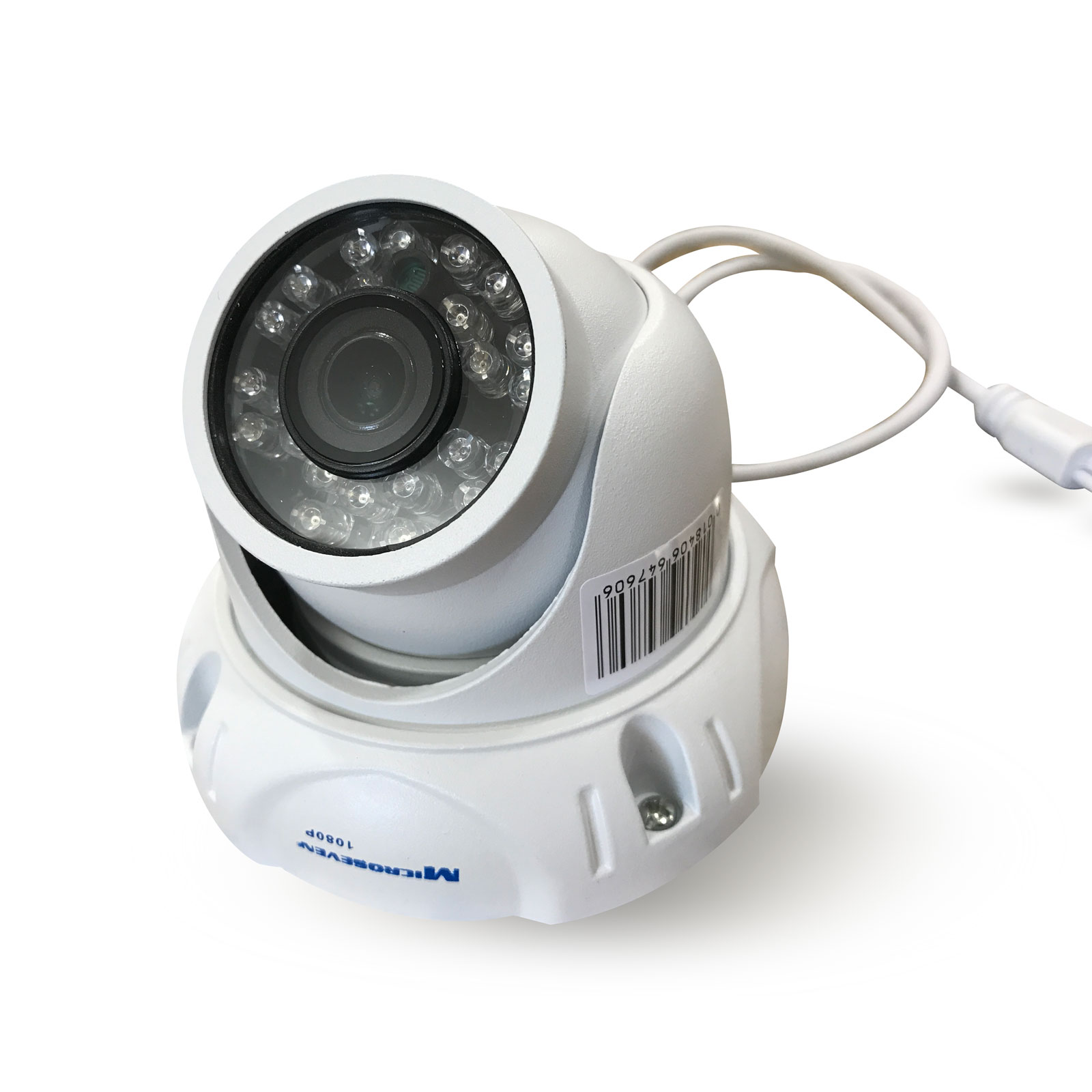

This will return you to the original pop-up where you'll then click Apply or OK as well. After you've made sure to check the enable box for all options, click OK in this window. They must be checked enable prompt will not work. Some of these options will already be enabled, but you'll need to go through the entire list and enable all of them that aren't. After scrolling down a little bit, you'll find a section labeled ActiveX controls and plug-ins. After you've made it here, click the button marked Custom Level. Using the tabs along the top, select Security. By clicking the small gear icon or Tools tab in the upper right corner of your window, you'll open up a drop down menu where you can select Internet Options. This is done the same way on all versions all the way up to Explorer 10. If you've tried bringing up your cameras in Internet Explorer and have found yourself looking at a blank screen (not an error page), you've connected your DVR properly, you just need to enable the ActiveX plugin. If you want to save yourself some time, stick with Internet Explorer. In order to view your cameras on any computer, you need to initially enable all aspects of the ActiveX plugin and for now, Internet Explorer is the only browser that consistently allows for this in it's entirety. In most cases, you won't be able to use Chrome, Firefox, Safari, or any other privately owned browser such as these. You'll first want to look at what internet browser you're using. Assuming you've connected your DVR/NVR to your network correctly, this is a pretty simple issue to fix.
#Open ip camera Pc#
On a different PC (one that’s not connected to the same network as your camera), you can view your camera by opening the web browser, typing address):(Camera port number) and pressing Enter.After installing your security camera system, one of the first walls you might find yourself running into is getting your camera feed pulled up on your internet browser. Go to Status page to check the WAN IP address of the router. For the Protocol, we recommend you select ALL. Type the IP address and the port used by the camera in the corresponding field. Go to Forwarding > Virtual Servers and click Add New. Log into your router’s management page ().

For this example, we are using a TP-Link TL-WR941ND. Consult your router’s technical support accordingly.

The configuration depends on the router model. You can do that by going to SETTING > BASIC > System > Initialize and clicking Reboot.Īfter you reboot, log back into the camera on your web browser, usingĪfter this, you’ll need to adjust the port forwarding settings on your router. In the image below, we changed it to 3333.Īfter you change the port, you will need to reboot the camera in order to save the changes. However some ISPs block port 80, so you may need to change the port number accordingly. Usually there is no need to change the port number. Go to SETTING > BASIC > Network > Information to find the HTTP port number used by the camera. Open a web browser and type the IP address. If you don’t know its IP address, click here. HTTP://192.168.1.101 represents the IP address of the camera being accessed.įind your camera’s IP address. Note: The steps below assume you already have your IP camera installed and connected to a router with Internet access.


 0 kommentar(er)
0 kommentar(er)
